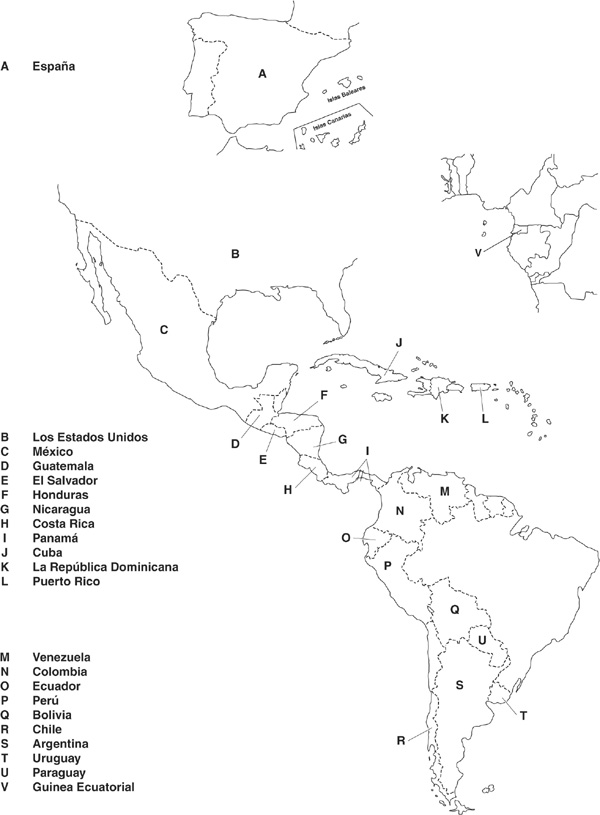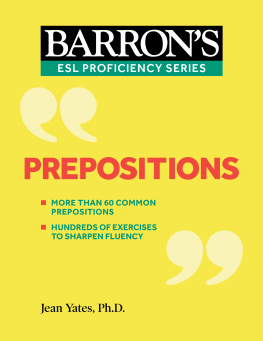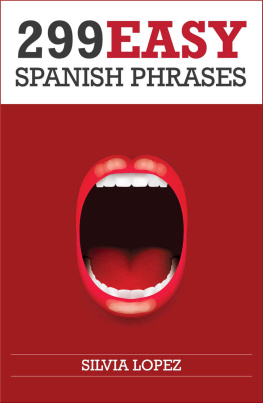To obtain material from the disk that accompanies the printed version of this eBook, please .
Material from the disk that accompanies the printed version of this eBook may be obtained from McGraw-Hill Professionals MediaCenter at http://mhprofessional.com/mediacenter . Some material may require a desktop or laptop computer for full access. Enter this eBooks ISBN and your e-mail address at the MediaCenter to receive an e-mail message with a download link. This eBooks ISBN is 978-0-07-174321-1.


Copyright 2010 by The McGraw-Hill Companies, Inc.
All rights reserved. Except as permitted under the United States Copyright Act of 1976, no part of this publication may be reproduced or distributed in any form or by any means, or stored in a database or retrieval system, without the prior written permission of the publisher. ISBN: 978-0-07-174321-1
MHID: 0-07-174321-9 The material in this eBook also appears in the print version of this title: ISBN: 978-0-07-173963-4, MHID: 0-07-173963-7. All trademarks are trademarks of their respective owners. Rather than put a trademark symbol after every occurrence of a trademarked name, we use names in an editorial fashion only, and to the benefit of the trademark owner, with no intention of infringement of the trademark. Where such designations appear in this book, they have been printed with initial caps.
McGraw-Hill eBooks are available at special quantity discounts to use as premiums and sales promotions, or for use in corporate training programs. To contact a representative please e-mail us at bulksales@mcgraw-hill.com. Trademarks: McGraw-Hill, the McGraw-Hill Publishing logo, Utterly Confused, and related trade dress are trademarks or registered trademarks of The McGraw-Hill Companies and/or its affiliates in the United States and other countries and may not be used without written permission. All other trademarks are the property of their respective owners. The McGraw-Hill Companies is not associated with any product or vendor mentioned in this book. Download The accompanying download contains audio recordings.
These recordings are included in MP3 format, incorporating text that accompanies the audio. TERMS OF USE This is a copyrighted work and The McGraw-Hill Companies, Inc. (McGraw-Hill) and its licensors reserve all rights in and to the work. Use of this work is subject to these terms. Except as permitted under the Copyright Act of 1976 and the right to store and retrieve one copy of the work, you may not decompile, disassemble, reverse engineer, reproduce, modify, create derivative works based upon, transmit, distribute, disseminate, sell, publish or sublicense the work or any part of it without McGraw-Hills prior consent. You may use the work for your own noncommercial and personal use; any other use of the work is strictly prohibited.
Your right to use the work may be terminated if you fail to comply with these terms. THE WORK IS PROVIDED AS IS. McGRAW-HILL AND ITS LICENSORS MAKE NO GUARANTEES OR WARRANTIES AS TO THE ACCURACY, ADEQUACY OR COMPLETENESS OF OR RESULTS TO BE OBTAINED FROM USING THE WORK, INCLUDING ANY INFORMATION THAT CAN BE ACCESSED THROUGH THE WORK VIA HYPERLINK OR OTHERWISE, AND EXPRESSLY DISCLAIM ANY WARRANTY, EXPRESS OR IMPLIED, INCLUDING BUT NOT LIMITED TO IMPLIED WARRANTIES OF MERCHANTABILITY OR FITNESS FOR A PARTICULAR PURPOSE. McGraw-Hill and its licensors do not warrant or guarantee that the functions contained in the work will meet your requirements or that its operation will be uninterrupted or error free. Neither McGraw-Hill nor its licensors shall be liable to you or anyone else for any inaccuracy, error or omission, regardless of cause, in the work or for any damages resulting therefrom. McGraw-Hill has no responsibility for the content of any information accessed through the work.
Under no circumstances shall McGraw-Hill and/or its licensors be liable for any indirect, incidental, special, punitive, consequential or similar damages that result from the use of or inability to use the work, even if any of them has been advised of the possibility of such damages. This limitation of liability shall apply to any claim or cause whatsoever whether such claim or cause arises in contract, tort or otherwise. Where in the World Is Spanish Spoken?

A Special Message to the Utterly Confused Spanish Student
Spanish is the native language of the people of Spain and of nineteen countries in the Americas and in one small country in Africa, Equatorial Guinea. It is also widely spoken in the United States, both as a first and a second language. Still, it is not unusual to hear students say they are disappointed that they cannot speak Spanish well, even after years of study; that they dont understand Spanish grammar; that they are, indeed, confused.
Why Is Spanish Confusing?
Spanish Sounds Are Different from English Sounds
and they are put together according to a different pattern.
At first, it doesnt seem possible that we could ever understand the series of staccato sounds of Spanish speakers. It seems that they speak much faster than we do. Solution: Learn how each sound is made, then how it relates to other sounds, then practice making the sounds. Read aloud, say your dialogues aloud, and keep practicing. Remember that pronunciation is a skill that has to be practiced to be learned.
Each Region Has Its Own Way of Speaking
Argentines, Mexicans, Spaniards, and Peruvians all have different accents, just as do Alabamans, New Yorkers, Londoners, and Australians.
Each Region Has Its Own Way of Speaking
Argentines, Mexicans, Spaniards, and Peruvians all have different accents, just as do Alabamans, New Yorkers, Londoners, and Australians.
When people from different regions get together, they often compare the way they speak: You say it this way; we say it that way. However, they are able to understand each other when they avoid the words and expressions that are used only in their own regions. 
 Solution: When we learn Spanish as a second language, we learn the standard varietyone that can be understood in all Spanish-speaking areas.
Solution: When we learn Spanish as a second language, we learn the standard varietyone that can be understood in all Spanish-speaking areas.
Spanish Words Are Put Together According to a System That Is Very Different from the English System
Spanish not only uses different words, but also sometimes different verb tenses and different word order than English does to convey the same meaning. We cannot, therefore, translate English word-for-word into Spanishthe result would be unintelligible.
Solution: Learn phrases, units, and patterns rather than single words.
Always practice meaningful expressions in context, and you will automatically use them correctly. You will begin to think in Spanish rather than translate from English.
Next page







 Copyright 2010 by The McGraw-Hill Companies, Inc.
Copyright 2010 by The McGraw-Hill Companies, Inc. 

